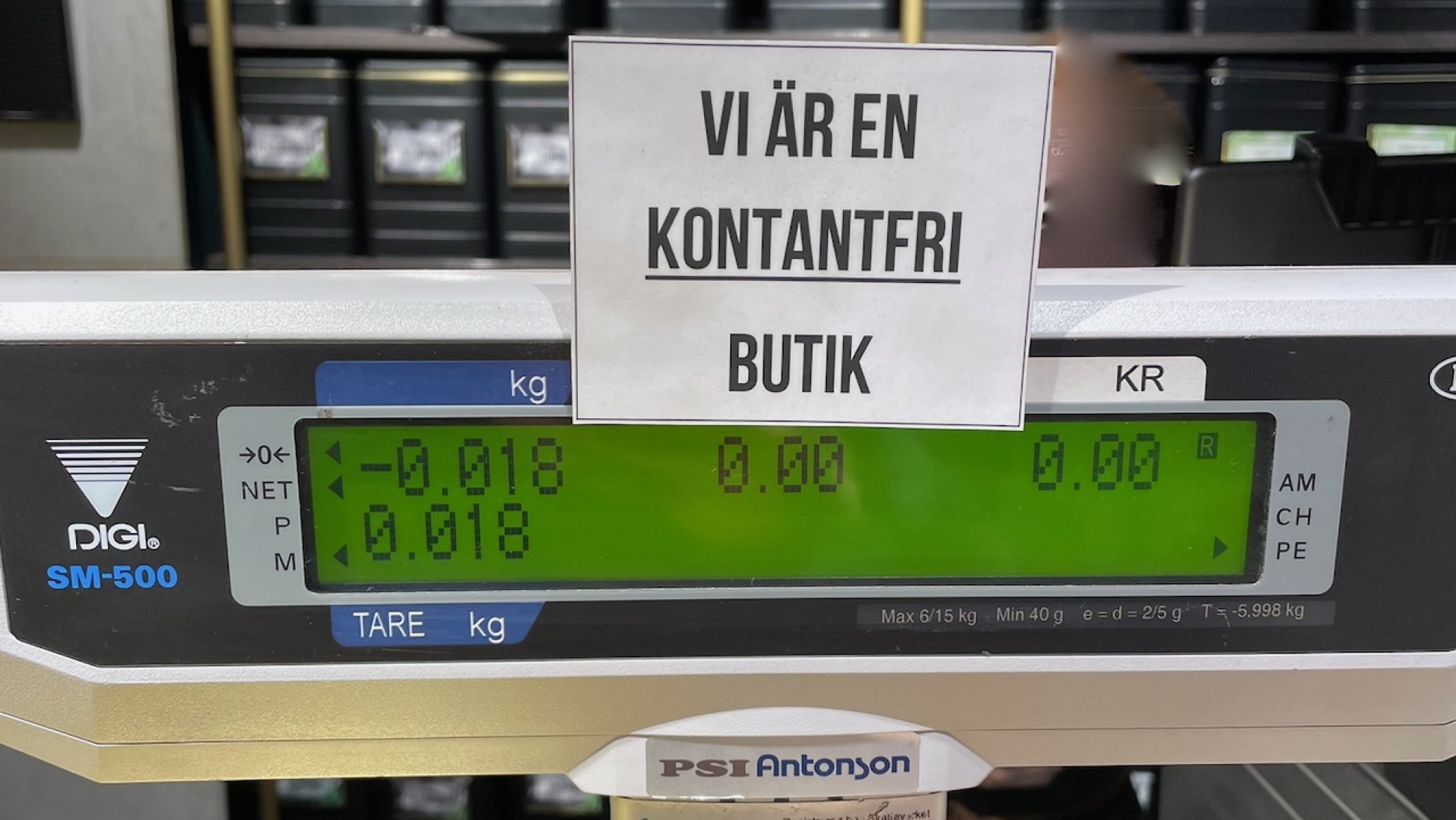The Cashless Dilemma

Today I went to my local tea shop to buy (no surprise) tea. Like many other shops in Sweden, this one does not accept cash (“VI ÄR EN KONTANTFRI BUTIK”, which means “WE’RE A CASHLESS STORE”). Instead, they accept debit and credit cards through iZettle, one of the Swedish fintech wonders that is now part of PayPal. However, when it was time to pay for the tea, the POS terminal had other ideas. For unknown reasons, the payment wouldn’t complete. The store clerk apologized with “I’m sorry, we’re having a problem with the system. Please wait while I call support.” Obviously, I couldn’t pay with cash. The store didn’t accept it and I wasn’t carrying any. So I had to wait. After 5 minutes the problem was fixed and the clerk apologized again, admitting it wasn’t the first time this had happened. “In fact, during the Christmas shopping period every other payment failed. It was terrible.” While she might have been exaggerating, it was clear that failed payments were a recurring problem.
Don’t get me wrong. I absolutely love not having to carry and pay with cash, but as cashless systems depend on power being available and reliable connectivity to some backend services, we need a solution should those services fail. This is particularly critical in some more extreme cases where online payments are disrupted by an act of war, cyberattack, or natural disaster.
In the context of central bank digital currencies (CBDC), the rise of the cashless society is often mentioned as one of the motivations. For example in the paper, The Riksbank’s e-krona project, Report 1 (the “Riksbank Paper”) Sweden’s central bank, Riksbanken, discusses this issue in the very beginning (Riksbanken, 2017, p. 3)
Today, cash is used to an ever-decreasing extent in Sweden, which has led us within the world of central banking to start considering whether a digital complement to cash that is guaranteed by the state is needed so that we will be able to promote a safe and efficient payment system in the future too.
But why wait for a CBDC to address this? Can this not be resolved with private digital retail payment systems?
In previous articles (noted below), I have lent my support to the concept of a Regulated Liabilities Network (RLN) as proposed by Citi in its paper “The Regulated Internet of Value”. Let’s assume that the RLN would also support offline payments - we would now have a very robust retail payment system that could handle most, if not all, retail payments use cases, including online and offline and programmable payments.
An RLN with support for offline payments may be the most efficient and least risky path towards a cashless society.
At M10, we have built a blockchain-based payments platform that can power an RLN with high throughput and low latency, while being highly resource-efficient with a low carbon footprint. Our unique solution also supports offline retail payments while mitigating the risk of double-spending. This can be delivered in several form factors including cards and wearables.
*My previous articles on a Regulated Liabilities Network:


